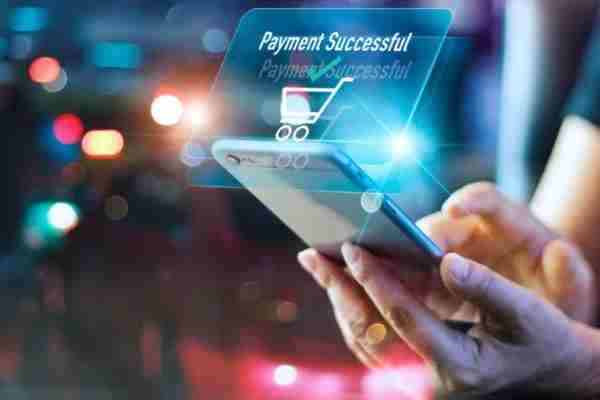Is cash still king in the Asia Pacific (APAC)? Kaspersky’s recent study Mapping a secure path for the future of digital payments in APAC showed it still is, but may not be for long.
The research studied local users’ interactions with the available online payments in the region and examined their attitudes towards them. It’s the key to understanding the factors that will further drive or stem the adoption of digital payments technology.
Nearly 2 in 10 (15%) in APAC only started using these platforms after the pandemic.
The Philippines logged the highest percentage of new e-cash adopters at 37%, followed by India (23%), Australia (15%), Vietnam (14%), Indonesia (13%), and Thailand (13%). The lowest number of first-time online payment users are China (5%), South Korea (9%), and Malaysia (9%).
China has been a notable leader in mobile payments in APAC. Even before the pandemic, its top local platforms, Alipay and WeChat Pay, have witnessed significant mass adoption and served as an example to follow for other Asian countries.
According to Chris Connell, Kaspersky’s MD – Asia Pacific, data from the research showed that cash is still king, at least for now, in APAC with 70% of the respondents still using physical notes for their day-to-day transactions.
However, mobile payment and mobile banking applications are not far behind with 58% and 52% users utilising these platforms at least once a week up to more than once a day for their finance-related tasks.
“From these solid statistics, we can infer that the pandemic has triggered more people to dip their toes into the digital economy, which may fully dethrone cash use here in the next three to five years,” said Connell.
Safety and convenience triggered more users in APAC to embrace financial technologies. Over half of the surveyed noted that they started using different methods of digital payments during the pandemic as it is safer and more convenient than making a face-to-face transaction.
Respondents also cited that these platforms allowed them to make payments while adhering to social distancing (45%) and that these are the only way they can do monetary transactions during the lockdown (36%). For 29% of users, digital gateways are more secure now compared to pre-COVID-19 era and the same percentage also appreciate the incentives and rewards providers offer.
While only a small fraction, friends and relatives (23%) still influenced new adopters as well as the local government (18%) promoting the use of digital payment methods.
When asked about their reservations prior to using mobile banking and payment apps, first-time users admitted their fears – afraid of losing money online (48%) and afraid of storing their financial data online (41%). Almost 4 in 10 also revealed they do not trust the security of these platforms.
More than a quarter also find this technology too troublesome and requires many passwords or questions (26%), while 25% confessed their personal devices are not secure enough.
“To drive a secured digital economy forward, it is important for us to know the pain points of our users and identify the loopholes that we need to address urgently,” said Connell.
Citing the study, Connell pointed that the public is aware of the risks that come with online transactions. He suggested that developers and providers of mobile payment applications should now look into the cybersecurity gaps in each stage of the payment process.
“And implement security features, or even a secure-by-design approach to fully gain the trust of the future and existing digital payment adopters,” concluded Connell.

